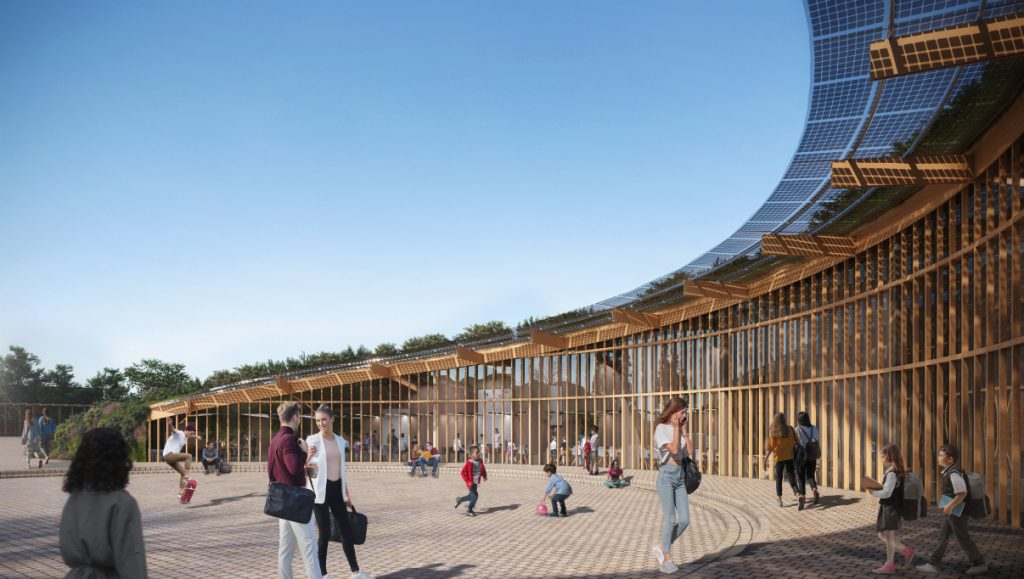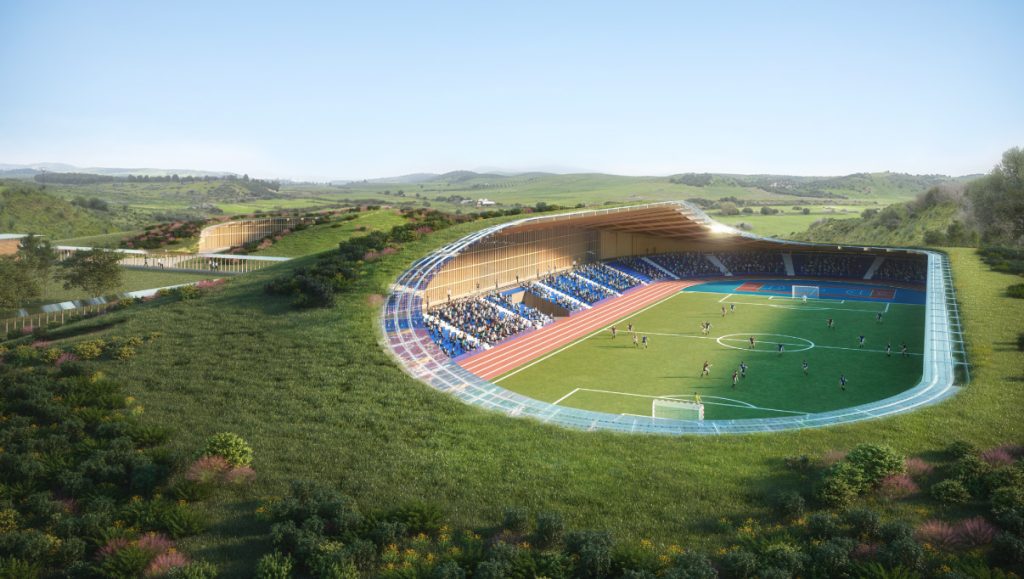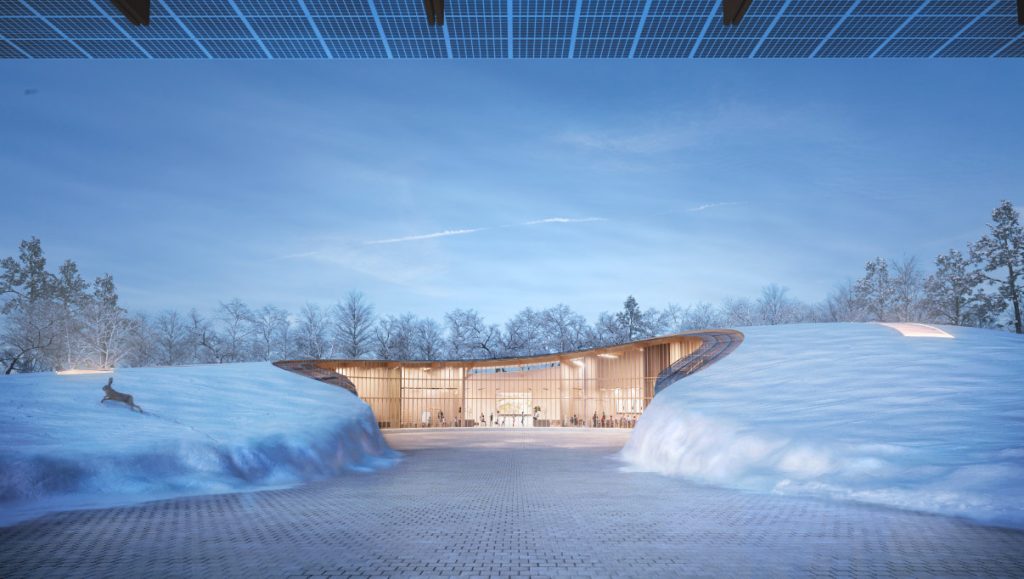Location
Tammiste, Estonia
Client
Confidential
Sector
Mixed Use
Volume
111,265 SQM Excavation Volume
110,188 SQM Massing Volume
Scope
Architecture
Status
Confidential
Estonia is a dreamland for nature lovers. This is the place where the land meets the sea, bogs are interspersed with virgin forest, fields and rivers and lakes. Estonia has untouched beaches, more than 1,000 small islands, heritage landscapes, primeval forests, swamps, bogs, winding rivers with natural riverbeds which are all habitats for many rare species of animals and birds.
Designed by RMJM Milano, this project is inspired by the naturally formed landmass called ‘drumlin’ and its widespread presence in Estonia. The site is located in Tammiste, a village in Tori Parish, Pärnu County in south-western Estonia. The site was used to build a drumlin, which was subsequently covered in flora to fit in with the surrounding scenery. The green roof reduces ambient temperatures, regulates indoor temperature levels and purifies the air. Spaces were carved out for functionality and to emulate nature by following harmonious flowing forms.
The new design proposes an engaged and adaptable space for Tammiste. With a multitude of function including a primary school, library, sports hall and a stadium for over 2000 guests. The design responds to numerous scenarios and provides much more than just the required infrastructure.
Our Solution
The project is easily accessible with two entrances on-site, 90 parking spaces, and 30 bicycle stands. In addition to the walkway canopy and the buildings, the roof will host 1000kw of solar panels, which will result in a net-zero building with a lower carbon footprint. The PV panels will provide shading, and the performance of the solar modules will increase by 0.4% during the winter months.
The design incorporates the use of local materials and the recycling construction waste generated from demolition, which are integral to the design. Reinforced concrete and steel are used as structural elements without the need for expensive outsourced equipment.




